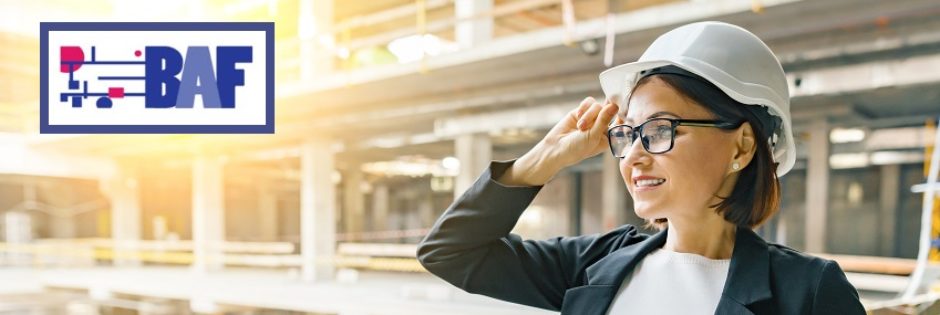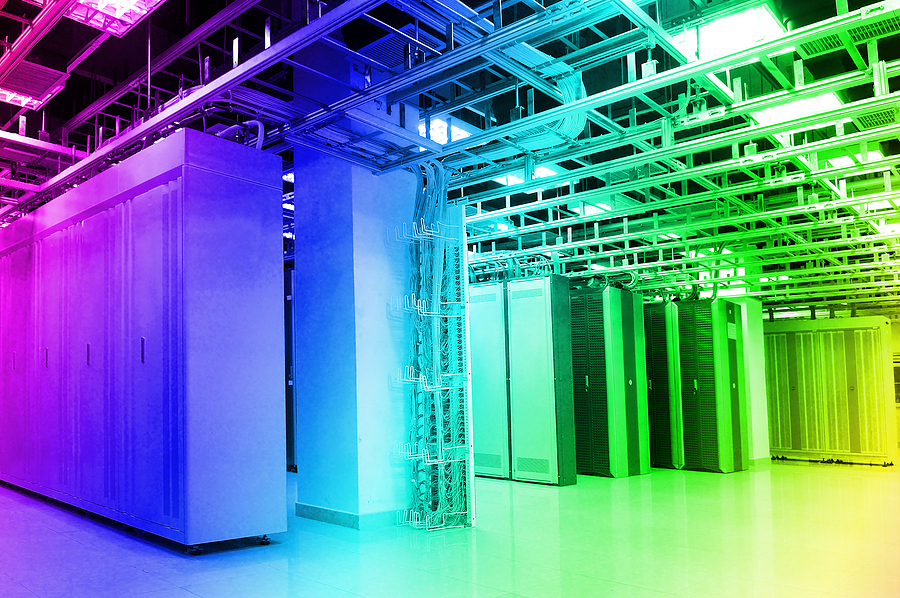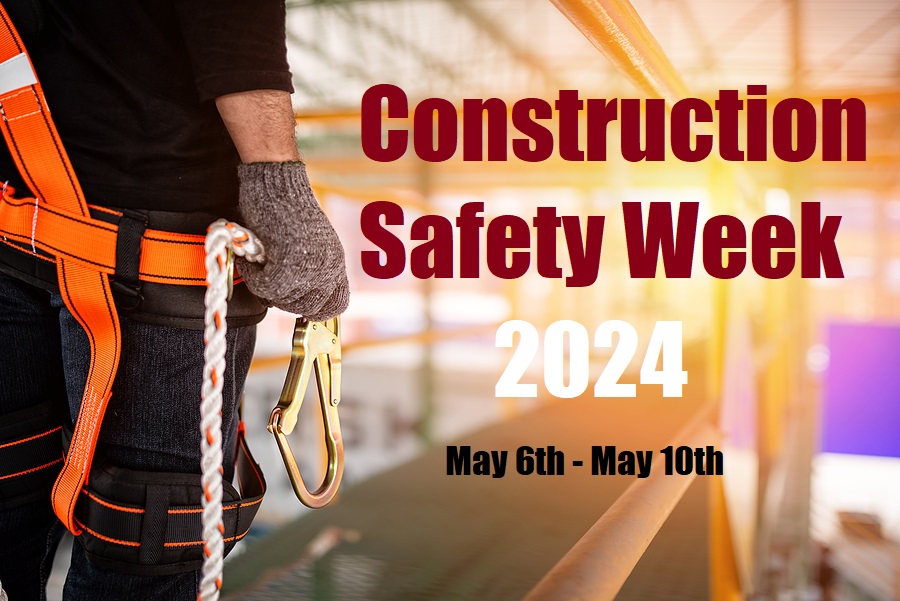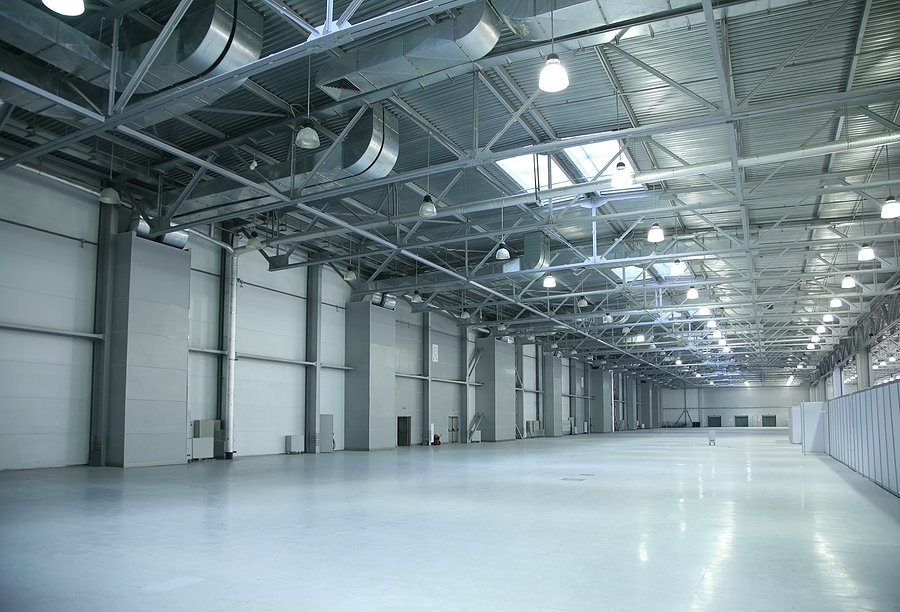In the ever-evolving landscape of commercial real estate, modular construction is emerging as a game-changer. Prefabricated buildings, once reserved for temporary structures, have now found their place in the mainstream construction industry. This method involves constructing sections or modules of buildings in a controlled factory environment, then transporting and assembling them on-site. But why is modular construction gaining such popularity, and what does it mean for the future of commercial real estate?

The Advantages of Prefabricated Commercial Buildings
☑ Time Efficiency
One of the most significant advantages of modular construction is the reduction in build time. Traditional construction projects can take months, if not years, to complete. In contrast, modular buildings can be constructed simultaneously in the factory while site preparation occurs, significantly shortening the overall project timeline. This parallel process can reduce construction time by up to 50%, allowing businesses to occupy their new spaces faster and start generating revenue sooner.
☑ Cost-Effectiveness
Cost savings are another compelling benefit. Building in a factory setting allows for better control over labor and materials, reducing waste and errors. Additionally, the streamlined construction process means fewer delays due to weather or site conditions. These efficiencies translate into lower construction costs, making modular construction an attractive option for real estate developers and commercial proprietors.
☑ Sustainability
Sustainability is at the forefront of modern construction practices, and modular buildings excel in this area. The factory-controlled environment promotes the use of more sustainable materials and waste management practices. Moreover, the precision of factory construction results in tighter building envelopes, which enhances energy efficiency. Modular buildings often meet or exceed green building standards, contributing to sustainability goals and reducing the environmental footprint of commercial real estate projects.
Challenges and Misconceptions About Prefabricated Construction
Despite its many advantages, modular construction is not without its challenges and misconceptions. One common misconception is that prefabricated buildings lack the quality or durability of traditional builds. However, advances in technology and materials have debunked this myth, proving that modular buildings can be just as robust and long-lasting.
Another challenge lies in the perception of design limitations. While early modular buildings were often boxy and uniform, modern modular construction offers a high degree of design flexibility. Architects and builders can create customized, aesthetically pleasing structures that meet the specific needs and preferences of their clients.
Logistics can also pose challenges, particularly when transporting large modules to the construction site. However, with careful planning and coordination, these logistical hurdles can be successfully managed.
The Future of Modular Construction
Technological Innovations
The future of modular construction looks promising, thanks to ongoing technological innovations. Advanced robotics and automation are enhancing the precision and efficiency of module fabrication. Building Information Modeling (BIM) is enabling better coordination and visualization of modular projects, reducing errors and improving collaboration among stakeholders.
Design Flexibility
Design flexibility is also evolving, allowing for more creative and complex architectural designs. Modular construction now supports a wide range of styles, from sleek, modern office spaces to multi-story commercial buildings. Customization options are expanding, ensuring that prefabricated buildings can meet the diverse needs of different industries.
How Modular Construction Can Contribute to Sustainable Development Goals
Modular construction is uniquely positioned to contribute to sustainable development goals (SDGs). By reducing construction waste, lowering energy consumption, and promoting the use of sustainable materials, modular buildings align with several SDGs, including:
- Goal 9: Industry, Innovation, and Infrastructure: Modular construction fosters innovation in building practices and contributes to resilient infrastructure development.
- Goal 11: Sustainable Cities and Communities: Prefabricated buildings can be designed to enhance urban sustainability and resilience.
- Goal 12: Responsible Consumption and Production: The efficient use of resources in modular construction supports sustainable production patterns.
Embracing the Future with Modular Construction in Commercial Real Estate
With the commercial real estate industry continually evolving, modular construction is set to significantly influence its future. The advantages of time efficiency, cost-effectiveness, and sustainability make it an attractive option for developers and business owners alike. With technological advancements and increasing design flexibility, the potential of modular construction is limitless. By embracing modular construction, we can create a more sustainable, efficient, and dynamic built environment—one module at a time.
Ready to explore the benefits of modular construction for your next commercial building project? Contact BAF Corporation at 317-253-0531 today to learn more about how our innovative commercial construction solutions can help you achieve your goals efficiently and sustainably. Let’s build the future together.
Related Posts:
Why Many Commercial Proprietors are Choosing Prefabricated Metal Buildings
What is White Box Commercial Real Estate Construction?
Top 4 Benefits of Prefabricated Steel Buildings




